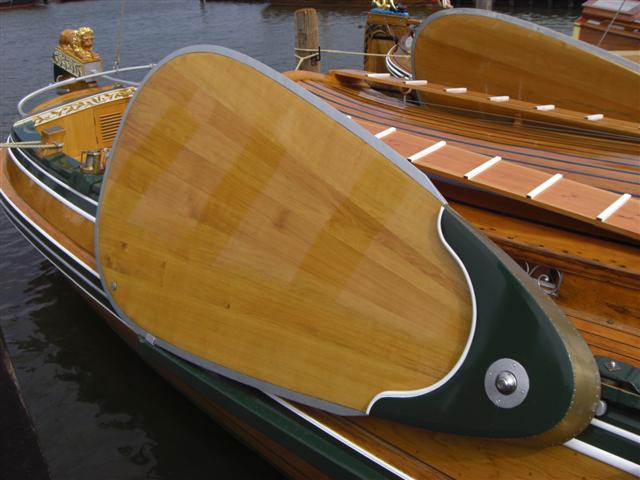Welcome to
www.LeeBoards.com

|
The leeboard is designed to act like a keel, centerboard or daggerboard to keep the boat from sliding sideways while underway.
"A leeboard is a lifting foil used by a sailboat, much like a centerboard, but located on the leeward side of the boat. The leeward side is used so that the leeboard isn't lifted from the water when the boat heels, or leans under the force of the wind.
According to traditional design principles, a boat utilizing a leeboard either needs to have two retractable leeboards, one on each side, or a method of removing the leeboard and attaching it to either side while under way, because nearly all sailboats tack to work their way upwind (with the exception of the proa). However, some small sailboat designers claim to have created seaworthy vessels with only a single, fixed leeboard. On a traditional two-leeboard (or non-fixed leeboard) design, they are designed so that the windward board can be retracted when it isn't needed to reduce drag. Unlike centerboards, which are symmetric along the boat's axis, leeboards are often asymmetric, so they more efficiently provide lift in one direction only. Some fast racing scows use bilgeboards, which are mounted between the centerline of the hull and the sides, specifically so that they can use a pair of asymmetric foils for maximum lift and minimum drag.
Leeboards are not common in commercially built boats, because many people consider them inelegant and awkward (thus preventing them from being used in commercial boats, and perpetuating the cycle). They are far more common in home-built boats, especially stitch and glue sailboats. Leeboards simplify construction of the hull, as they are attached to the outside and do not require holes in the hull, which can leak. Since centerboards are retractable, they require a large, watertight trunk to hold them in place when retracted, and this occupies what otherwise might be useful space in the cabin or cockpit of the boat. Use of leeboards, while it adds complexity to the process of tacking, leaves the floor of the boat unobstructed.
In the past, leeboards were used by relatively large inshore sailing vessels used for transport, such as Dutch barges and Thames barges. For these boats, leeboards provided the advantages of shallow draught for working close inshore and an unobstructed hold for cargo. They were also easier to build than a large centerboard would have been."
|
a little leeboard history
Much more is coming soon.
back to our index
|
Disclaimer: Always wear life preservers, drink and party responsibly, sail at your own risk, and please pass the word that leeboard sailing is now a blast from the past that will soon be in the news as being the latest sailing craze. |

